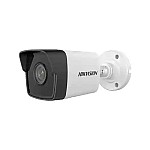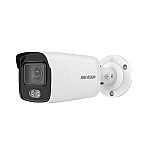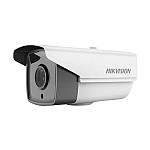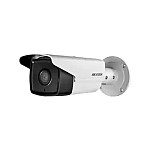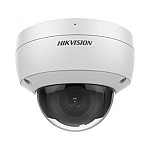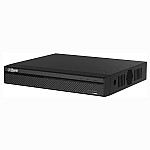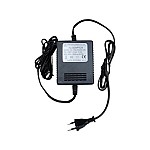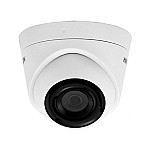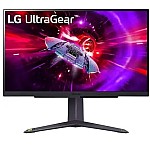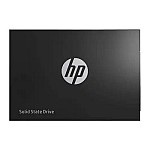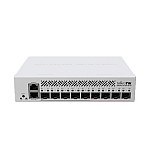
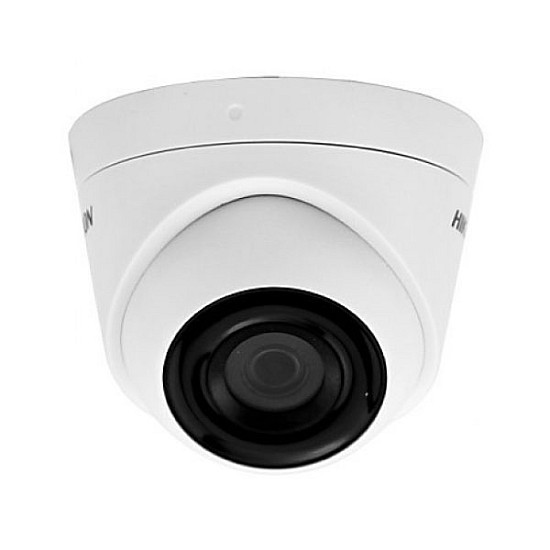
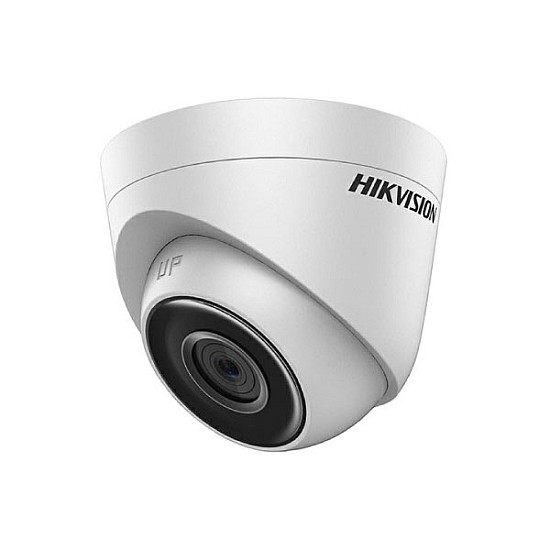


TBA
Out Of Stock
Price Change Declaimer
Payment Options
Product Image Declaimer
Product Information Declaimer
Hikvision 2CD1323G0E-I (2.0MP) Dome IP Camera
You may be wondering whether you need an NVR to run your IP camera system or not. Most IP cameras, typically, can work without an NVR and some of these also come with internal storage. If you’re setting up your system with one or two cameras with onboard storage, it’s not really necessary. But if you want to add more cameras to upgrade your system, you may want a compatible NVR. An NVR will allow you to view the live feed of all cameras from a single interface. It also allows you to review footages in quick time through simultaneous playback of videos from multiple cameras. An NVR also keeps a backup of your video footages in case anything happens to the cameras. Last but not least, an NVR will increase your storage capacity and allow you to keep the continuous record of multiple cameras 24/7 for a longer period.
Dome Camera
Dome cameras are a discreet alternative, as they blend well with its surroundings. These devices come with a rotating camera and wide-angle, which allows a single unit to cover a greater area. Dome cameras are also vandal resistant and typically equipped with night vision. They are also great for indoor or outdoor use, depending on their weatherproof rating.
Turret Camera
Finally, there is turret camera. These devices typically come with a single IR glass near the lens and extended IR capabilities, as opposed to the traditional ring of LEDs. These cameras are versatile in terms of the mounting system and can be mounted vertically or horizontally. Turret cameras have no, or less, IR bounces as opposed to other alternative mentioned above. IR bounce is the result of debris build up in the lens causing the light to bounce. This creates a cloudy haze over the image and will gradually get worse over time if the camera is not properly maintained.
Focal Length
The focal length is a key feature when it comes to any security camera. It determines how far or wide a camera can capture. A longer focal length allows the camera to bring distant areas under coverage, whereas a shorter focal length enables it to capture a wider field of view.
Besides, these devices are capable of backing up the video footage directly to cloud accounts, which allow you to check the video archives from anywhere in the world. With time, these cameras are getting more feature-rich and compact. Now, you are also able to receive an alert on mobile. These devices typically record at higher resolutions than traditional analog. Besides, IP cameras are flexible in terms of installation, you can run them on either Wi-Fi or power cables. The total cost of the system setup is typically lower and these cameras can be linked with home automation networks and other devices. On top of that, IP cameras can send data and receive power through one cord using a PoE switch.
Box Camera
Box cameras come with a more traditional shape. These cameras typically offer the best performance out of all the type, however, they are the most expensive type of all. You can place them in your preferred style of housing, which allows these devices to be used in a multitude of conditions. These cameras usually have the longest service life but require separate illumination for use in low light.
Bullet Camera
Next, we have the bullet camera, which is quite common in the market. These are box cameras sealed inside their housing. These are easier to install and it is easier to install larger lenses inside the body. These larger lenses come in handy when it comes to reaching a longer range. These devices tend to be great for outdoor use and the design helps to reduce glare.
Fixed Lens Camera
A fixed lens camera, as its name implies, comes with a non-adjustable lens. These cameras come with a fixed focal length, which doesn’t allow you to adjust the field of view. But you can get such a variant at a comparatively lower price because of the simpler lens mechanism. However, these cameras typically deliver better picture quality as there is no scope for zoom adjustment. If you need a camera for general surveillance purpose or if you are installing multiple cameras on your property, fixed lens cameras will serve you just fine.
PTZ
PTZ stands for Pan, Tilt, Zoom. PTZ IP cameras are a more advanced variant of varifocal lens camera. These devices allow you to make adjustments through external devices. Users can move the lens around to focus on different portions of the property. However, PTZ cameras tend to be the most expensive variant of IP cameras due to the complex motorized mechanism. However, with the added price, you gain the ability to control your cameras from any location. If you are a contractor who wants to keep an eye on the progress of your project site or a manager who wants to keep an eye on employees, PTZ cameras can serve you most effectively.
Features to Look for
Before making a purchase, you need to take a look at the features that may come with the camera. If you need capturing night time footage, you should consider IR capability. If you know you’re going to be using an NVR, you don’t need to worry about having cameras with onboard storage, otherwise, that may be something you want to consider.PoE [Power Over Ethernet] is another useful feature.
Varifocal Lens Camera
A varifocal lens camera allows you to adjust the zoom and angle of the lens. But this adjustment cannot be done remotely rather this needs to be done on the camera. These devices are a perfect fit for users who don’t need to adjust the angle of the camera on regularly. Instead, varifocal lens cameras function well in locations where it’s quite difficult to install a traditional fixed lens camera discreetly. You can install a varifocal camera at a discreet place and adjust the view to get an optimal view of your desired location.
Questions
Have question about this product? Get specific details about this product from expert.No questions have been asked about this product.

